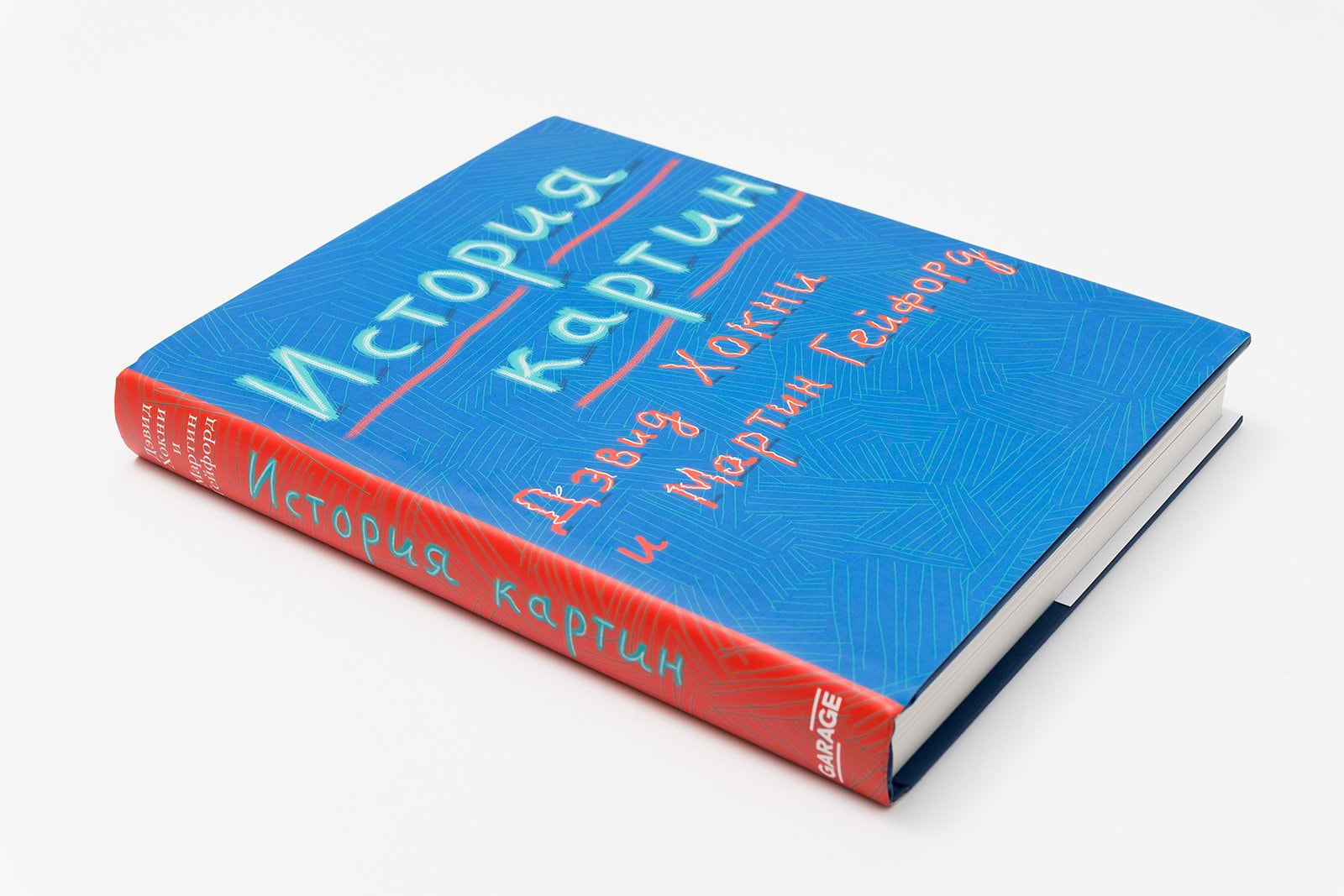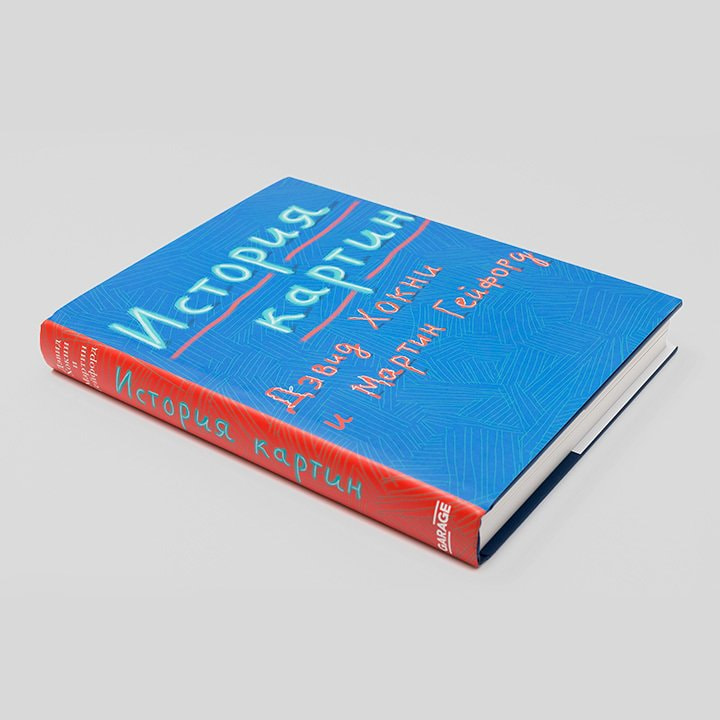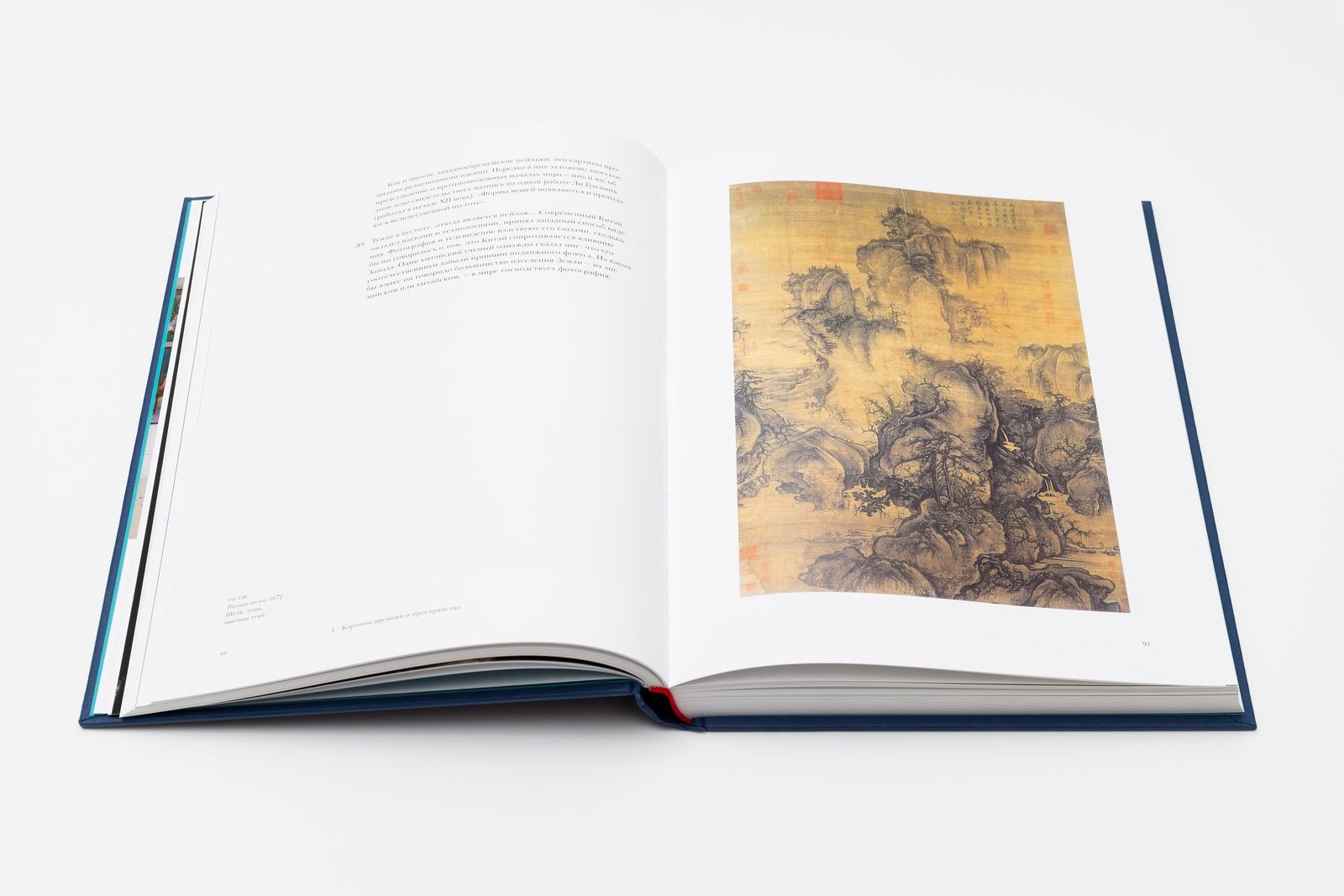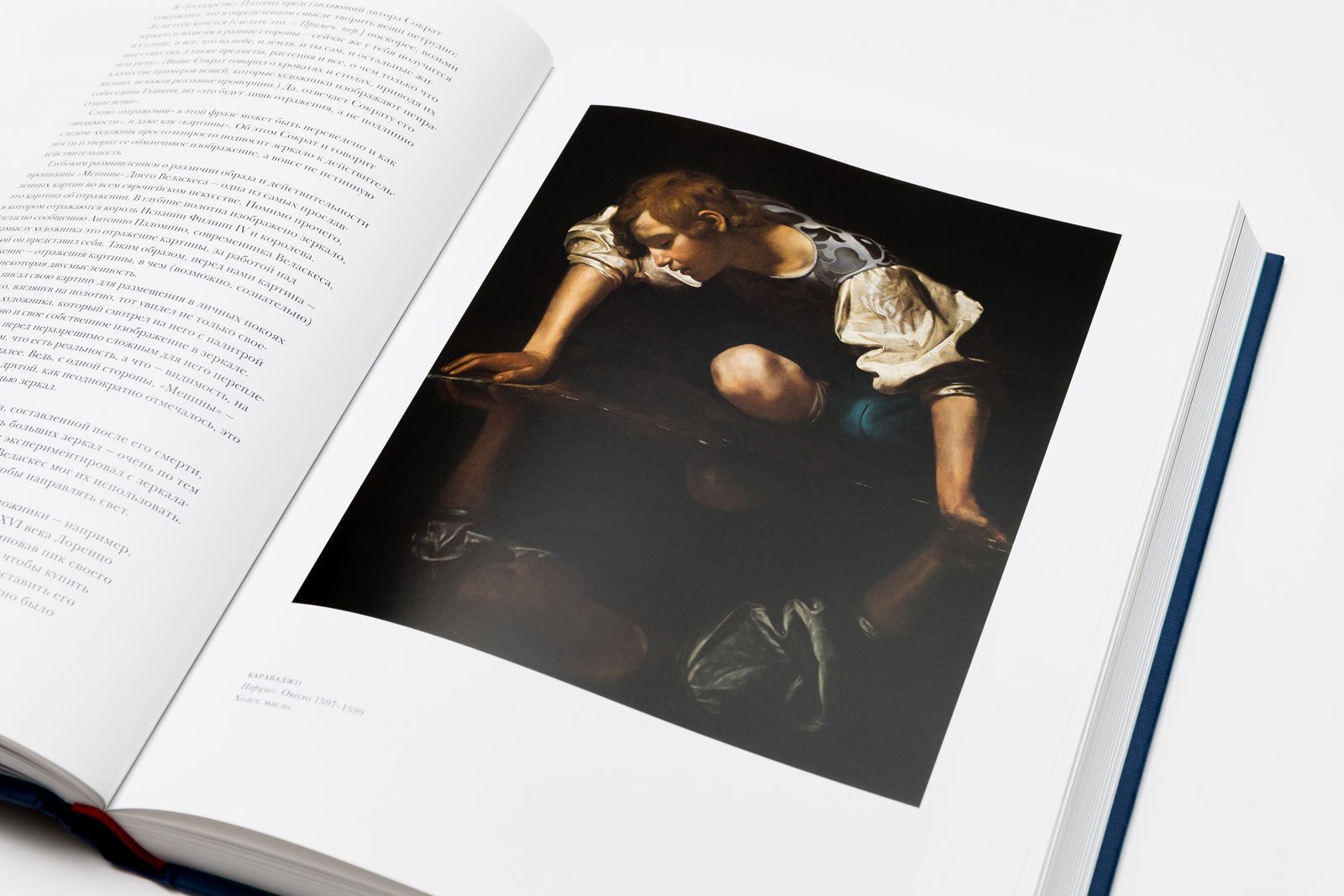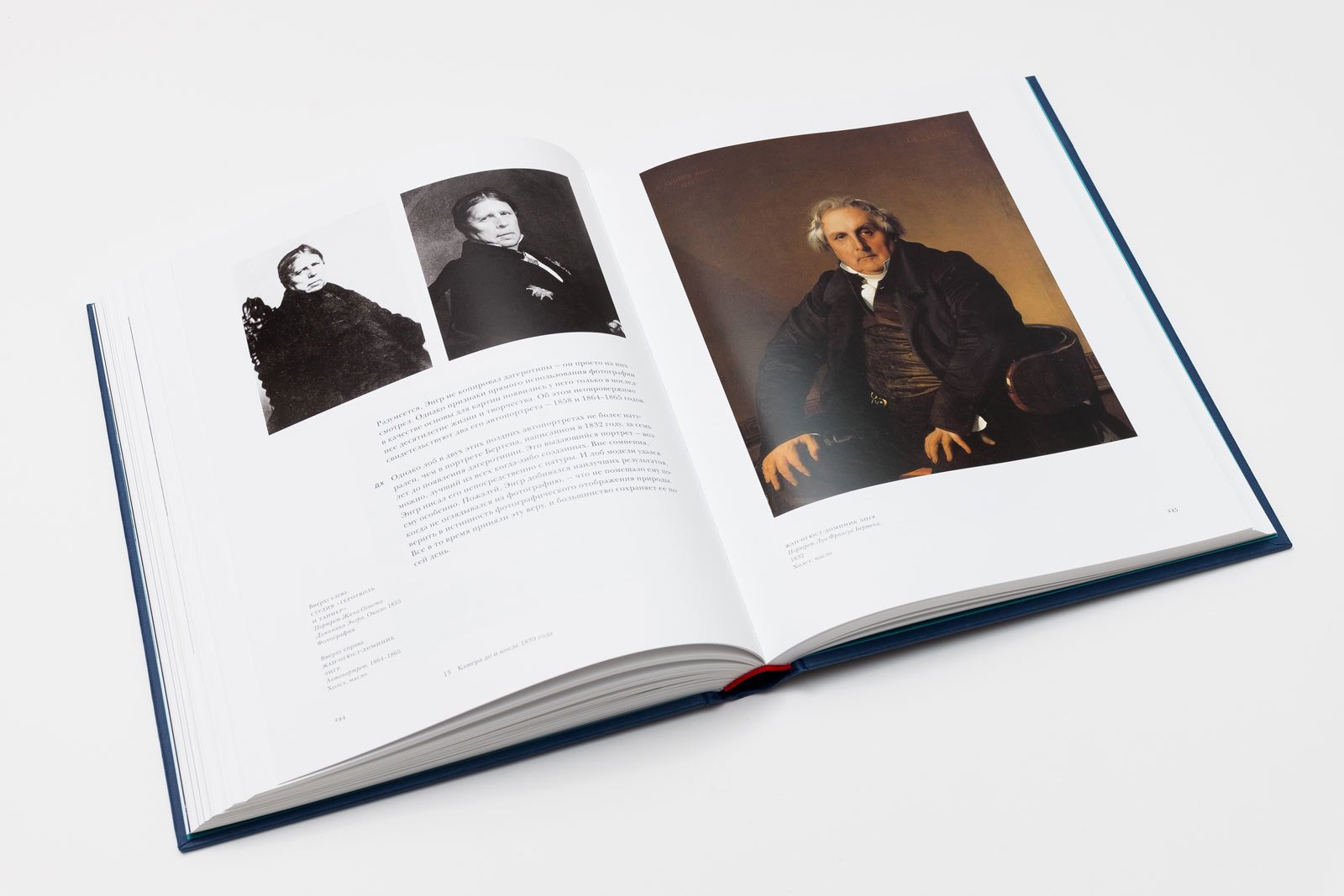Artist David Hockney and critic Martin Gayford discuss the history and nature of visual images, drawing examples from different eras and cultures.
On July 9, 2017, British artist David Hockney turned eighty and his birthday was celebrated on a national scale. Tate’s retrospective exhibition of the living master (February 9–May 29, 2017) explored the body of work he has produced over six decades: from the signature swimming pools of his Californian pop art period to the latest works, exhibited for the first time.
Some time before that Thames & Hudson published A History of Pictures: From the Cave to the Computer Screen (2016), which Hockney co-authored with his friend Martin Gayford. While his previous Secret Knowledge: Rediscovering the Lost Techniques of the Old Masters (2001) was devoted to the works of Caravaggio, Velasquez, and Da Vinci and hypothesized about their use of optics, A History of Pictures is a philosophical treatise on visual culture in general. In conversation with the brilliant critic that is Gayford, Hockney plays the role of a simpleton or sometimes a provocateur: to Gayford’s question about what makes art he answers, “I don’t know,” and claims that art has not progressed since the wall paintings in Lascaux made about 17,000 years ago.
Interested in the technological advances of recent centuries, Hockney and Gayford engage in lengthy discussions about cinema, photography, computer gadgets and programs, which turns the book into an analysis of the visual in the broadest sense of the word. Believing that art history lacks studies on pictures in general—regardless of their time and medium—Hockney and his co-author wrote the book to remedy that.
There are plenty of histories of different types of picture, such as painting, photography or film. But not of pictures as a whole – by which we mean representations of the three-dimensional world on flat surfaces such as canvas, paper, cinema screens and smartphones. The continuities and interactions between those differing varieties of depiction are the subject of this book.
